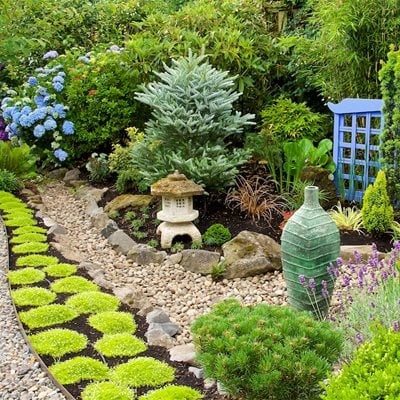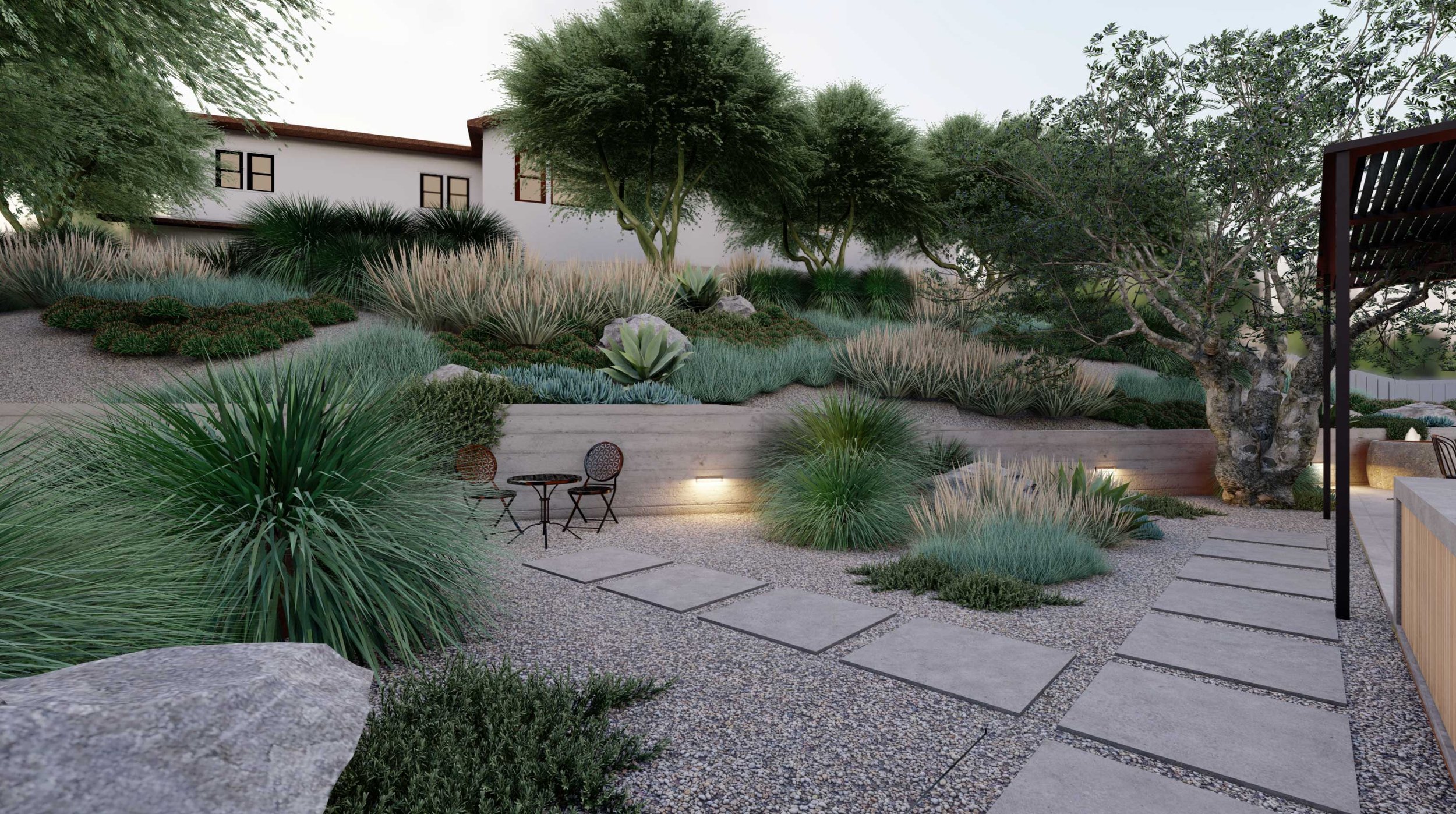The Best Strategy To Use For Landscapers
The Best Strategy To Use For Landscapers
Blog Article
Not known Facts About Landscapers
Table of ContentsAll about Landscapers8 Simple Techniques For LandscapersThe Basic Principles Of Landscapers Some Ideas on Landscapers You Should KnowSome Of LandscapersA Biased View of Landscapers
- A yard function where water is stood for by an accumulated rock item, generally a crushed rock or granite. These are most generally located in modern and Japanese yard design.- A rock or flagstone patio, course, or sidewalk developed without a concrete base. The base would certainly be compressed crushed rock and the joints would be an aggregate or walkable ground cover. - A stone retaining or free standing wall surface constructed without the use of mortar. - An underground framework that gather water and allows it to reduce percolate right into the soil around it.
Landscape design that is suitable with a sites' atmosphere in both look and sustainability without unfavorable influences to the atmosphere. Bordering in the landscape is a line of demarcation that produces aesthetic interest in the yard by separating one section from an additional segment.
Areas can additionally have a sensation of "enclosure" supplied by trees, various other growings, fences, or screens. The landscape near the entrance to a structure.
The Basic Principles Of Landscapers

The component in a landscape style or area in a landscape that is meant to be most noticeable. The focal point can be a plant, stone, sculpture, collecting room, or various other landscape function.

Not known Facts About Landscapers
Low plants that are enabled or urged to spread out over a location. Can refer to any type of "difficult" garden elements including statuary or rocks yet the majority of generally is made use of to refer to courses, patio areas, and walls - Landscapers.: Elevation difference between the degree of water in a fish pond (or the level of the pump if it sits outside the fish pond) and the top outlet of water which impacts performance of the water pump in gph (gallons per hour).
Fencing boards that run flat, check out this site typically used in modern or Japanese-inspired landscape layouts. Proper usage of imaginary lines can help the landscape really feel connected to the home and various other elements.
An even more kicked back garden controlled by useful site curved as opposed to straight bed lines and a less inflexible structure. Standard PNW landscapes are informal. A plant that spreads out more than preferred, or into habitats where it does damages. Portland has a checklist of invasive plants that must not be installed in landscapes since they can spread to forests or rivers and be challenging to regulate.
An Unbiased View of Landscapers
Can include head positionings and insurance coverage, pipeline sizing, GPM specifications, and products needed to install this system. Licensed professional who designs landscapes, educated in design and style as well as in cultivation.
Landscape designers generally have less education than Landscape Architects and are not certified. A completed landscape layout, outlining all elements for the brand-new landscape.
Utilizing many plantings of the very same variety to load in an area in the landscape. This can reduce upkeep and water use in the yard.
A mix of concrete, sand, and water that is used in rock stonework for setting rocks and joints. A layer of garden compost or bark dust applied at the base of a plant. A mass growing of moss. A plant that was present in a geographic place prior to people started transforming the landscape.
Some Of Landscapers
Just how the yard or a garden aspect is set up in connection to an existing or new function or to a direction. Turfs that are not cut but expanded in landscapes as perennials.

Tiny round crushed rock. Plants that give seasonal rate of interest and afterwards pass away back in the winter season. Annuals do not return the complying with period, yet perennials do. Cold period grass that is one of the most common lawn yard in Portland, OR and the remainder of the PNW.An open roofed structure over a patio or various other landscape feature.
Lava aggregate ranging in dimension from 1/4" to dust. The most typical landscape crushed rock in the PNW. Location of the landscape developed to manage rainfall water until it can soak right into the ground. A chain that regulates water as it travels from a roofing system seamless gutter to the official site ground. Yard structure that develops a growing location that is contained and greater than the bordering quality.
Producing a yard function consisting mainly of stones with plantings that match and can grow in the rough setting. Sprinkler head style that rotates a stream of water across a location.
Getting My Landscapers To Work
:max_bytes(150000):strip_icc()/look-up-look-down-photography--o7ASOHDV9E-unsplash-62ac6efd6d724c7abb7320fefe03b411.jpg)
Report this page